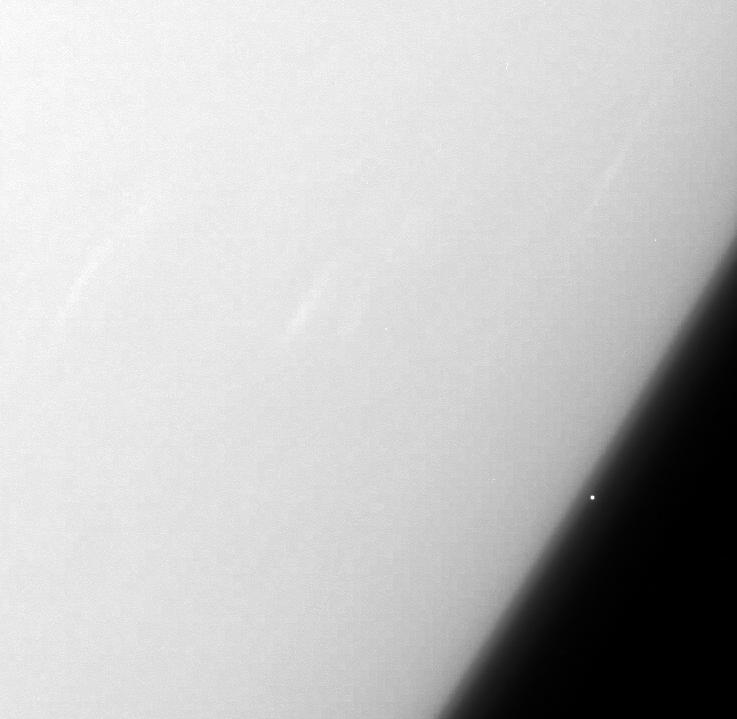Rigel is the brightest star in the constellation of Orion; despite that, its formal name (one of them anyway) is Beta Orionis (Alpha Orionis – Betelgeuse – is a variable star, as is Rigel; Betelgeuse is sometimes the brighter, but most of the time is the fainter).
Rigel is a blue supergiant (spectral class B8I), the brightest of its kind in the sky. It’s also a multiple star system … the primary is the blue supergiant which totally dominates the observed light, and the secondary (Rigel B) is itself a close (spectroscopic) binary (B, and C, are both of B spectral class too … but are main sequence stars). HIPPARCOS data puts Rigel at a distance of ~850 light-years, but with a large uncertainty (GAIA will nail down its distance much more accurately).
Being a blue star, Rigel emits most of its light in the UV; if it is 850 light-years distant, its luminosity is approximately 85,000 sols, its radius ~75 sols (or ~0.35 au; if it were where the Sun is, Mercury would be almost inside it), its mass about 18 sols, and it is only approximately 10 million years old. It is likely to have a non-burning helium core (i.e. it is in its hydrogen shell-burning phase), and on its way to becoming a red supergiant (like Betelgeuse), and after that a supernova.
A couple of degrees away, on the sky, is the Witch-Head Nebula (IC 2118), which is a reflection nebula. And which star’s light is it reflecting? You guessed it, Rigel’s! Now as IC 2118 is about 40 light-years from Rigel, it demonstrates well just how much light Rigel is emitting.
Rigel may be part of the Orion OB1 association, if it were kicked out at around its birth (it’s too far, today, from the other stars in the association to be a member unless it is moving away at rather a fast clip).
Some of the Universe Today articles which feature Rigel include Rigel Passes Behind Saturn, Astrophoto: The Witch Head Nebula by Richard Payne, and IYA 2009 – Brian Sheen Reports on “Canoe Africa”.
Two Astronomy Cast episodes which relate to Rigel are The Life of Other Stars (in particular, the life of stars much more massive than the Sun), and Stellar Populations (in particular, the range of types of stars born from the same natal nebula).

